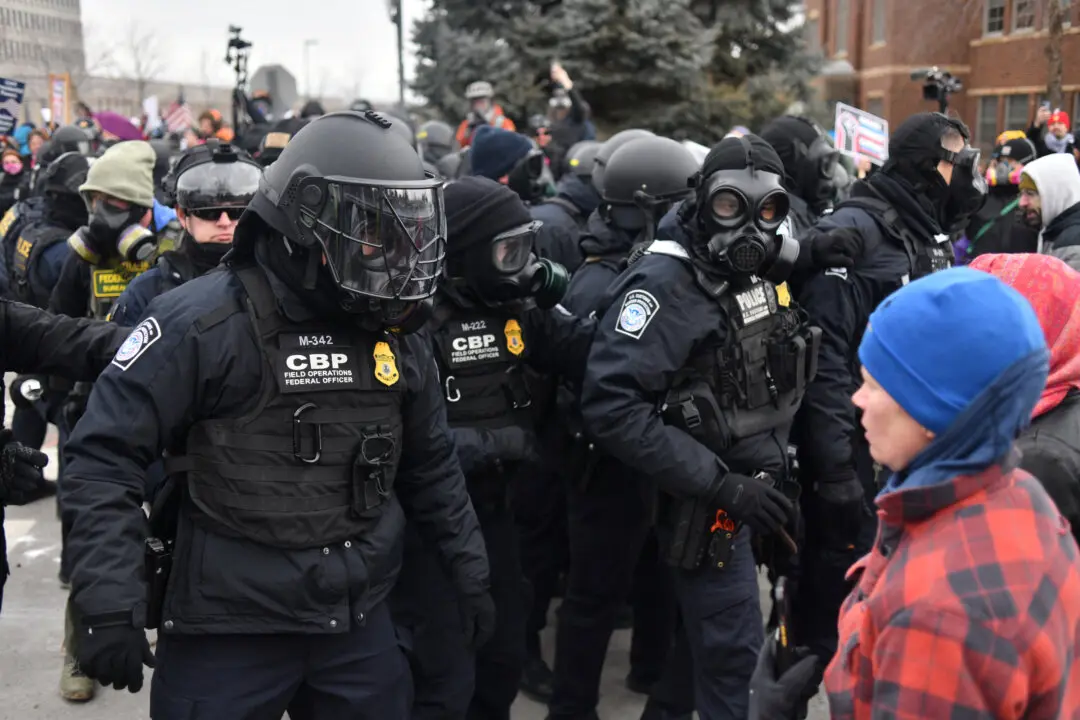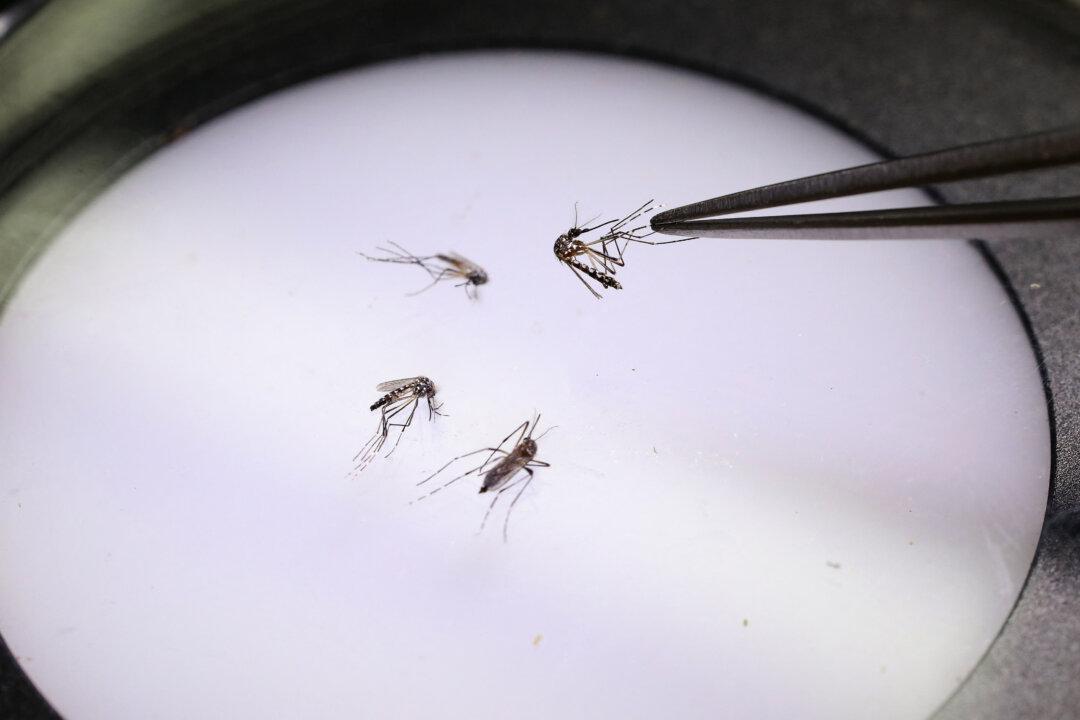Multiple state labs found a problem with coronavirus test kits issued by the Centers for Disease Control and Prevention (CDC) centered on inconclusive lab results, Dr. Nancy Messonnier, director of one of the CDC’s centers, said on Feb. 12.
Kits were sent to all 50 states, some of which already tested them as part of a normal procedure. Some state labs reported some “inconclusive lab results,” Messonnier told reporters on a phone call.





